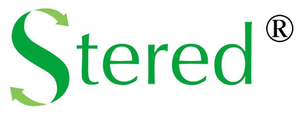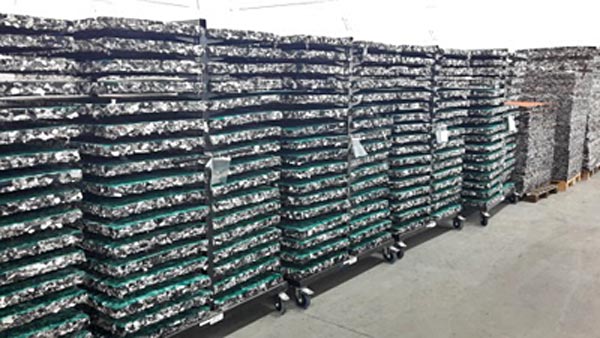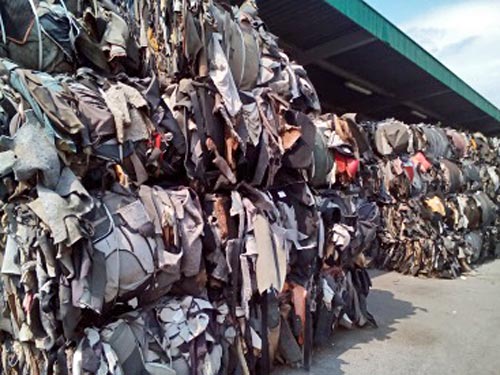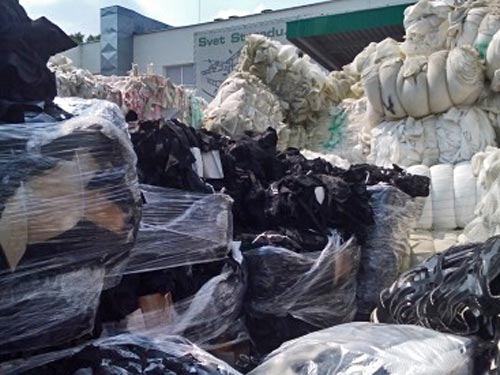Recycling and recovery of mixed waste

Address
PR Krajné, s. r. o.Krajné č. 874
916 16 Krajné
IČO: 36 704 300
http://www.stered.sk/
Contact person
–+421 32 74 80 400
info@stered.sk
View profile
Description
The input material consists of technological waste from the primary production of textile parts for the automotive industry and mixed textile waste from the recycling of cars over their lifetime. Technical load rugs of synthetic materials, separated waste from communal and business environment can also be recycled at the complex processing line and included in the material recovery process. The input material for processing is collected from the waste producers (technological waste) or after separation from the municipal collection.
Mixed waste of technical textiles made of synthetic materials is mechanically processed into a tuft and subsequently moulded into a shape, especially a board. It is advantageous to use it for acoustic and thermal insulation and as a retention component in the surface composition (see other solutions of PR Krajné, s. r. o.).
Economic benefits
Reduction of landfill costs. As it is a large volume light waste, it is only used to a limited extent for energy recovery due to its handling capacity.
Recycling based on the mechanical principle of material reprocessing and the material recovery process consumes up to 1 KWh per 1 kg of product. This is 3 to 7 times lower electricity consumption with a comparison of production in similar insulation materials from virgin raw material.
Environmental benefits
Reducing the proportion of waste going to landfill. As it is a large volume light waste, the waste is taking up excessive landfill space.
The use of waste as a raw material contributes to the conservation of non-renewable resources (oil).
The proportion of new waste from the recycling and recovery process is less than 5 % of the total waste input.
Reusable recyclability of the STERED material at the end of its useful life in the application used.
Examples of implementation of the solution in practice
Both the STERED® processing technology and the recovery product are patent protected. The basic processing procedure on the STERED complex line is the mechanical reworking of the original material based on the principle of tuft formation. The pile is characterised as a cluster of the original fabric structure, loose reinforcing fibres and individual fibres.
The processing line is made up of separate nodes of the processor process: separation - sorting the input waste from the unprocessable parts and dividing according to material structure (light to combined materials), recycling - processing the waste into a tuft, homogenization - mixing the tufts from different types of technical textiles forming and product formatting - mixing the homogenized tufts with a prepolymer-based binder, pressing them into the final shape. The three-shift processing line recovers 2 500 tonnes of waste textiles, i.e. e.g. technological waste textile parts for 1 000 000 new vehicles, or separated waste from the disposal of 100 000 car wrecks.






